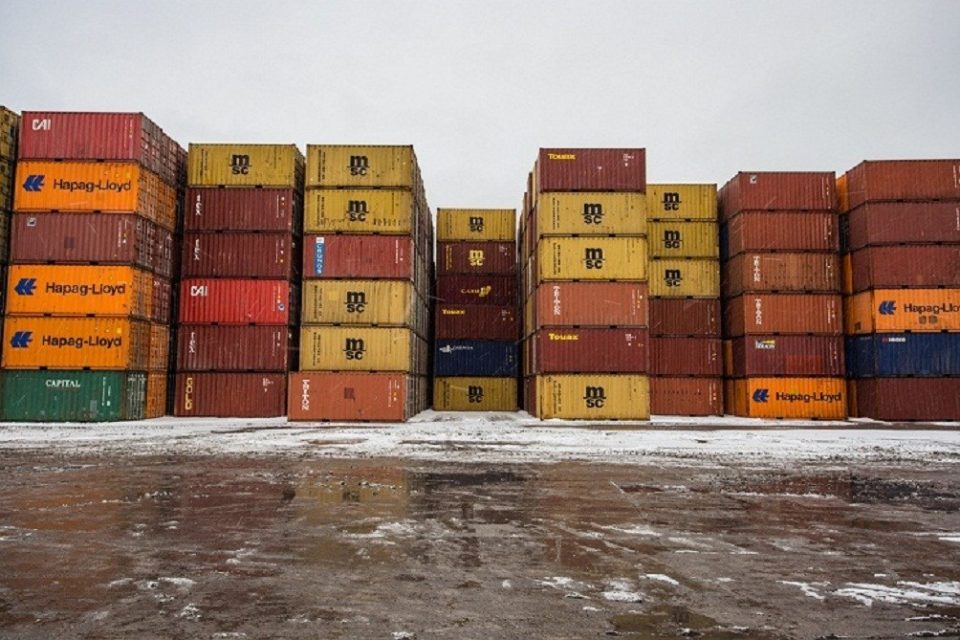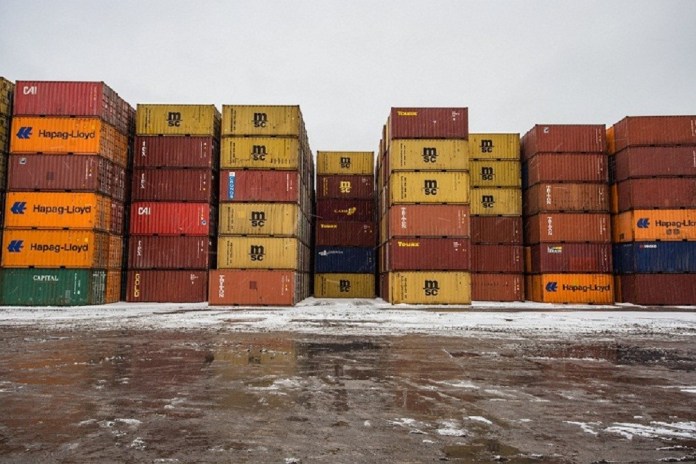Over 300 container users and owners use Container xChange’s neutral online platform to find SOC containers and identify partners for repositioning
Markets around the globe can be described by one
single word – Dynamism. Every second the world is wheeling into better, new and
never-seen-before scenarios. All the credit goes to our feats in Technology.
The fragility of global demand, caused by overcapacity,
is witnessing customers demanding more streamlined services. This is putting
profit margins of freight forwarders on tight ropes. It gets tighter when we
take into consideration profit margins in the last decade, clearly it had
collapsed. But as said before, technology to the rescue. SOC containers have
come into picture as ropes to pull them out of the swamp of slipping profits.
SOC stands for Shipper Owned Container and implies
that a shipper brings his own container and only books the slot on the vessel
directly with the shipping line. This is grabbing the market very fast. Although
the absolute numbers are still far behind, the SOC market is growing at a fast pace.
While COC containers only grow at 3.47% annually, SOC containers have a CAGR
(2014-2019) of 15.84%, as per findings of xChange industry research and IHS
Markit.
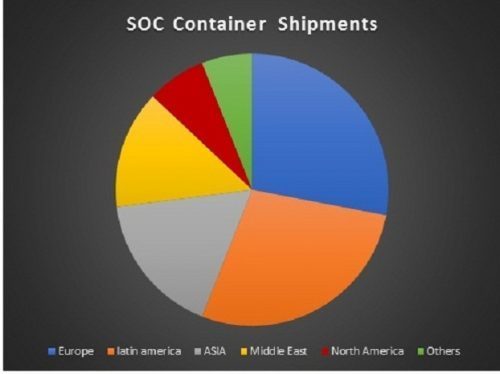
In 2019, 15 million containers – or 10% of global
container shipments – have been moved as SOC containers compared to 135 million
COC shipments. Latin America (28%), Europe (28%) and Asia (17%) are the
strongest regions for SOC shipments followed by the Middle East (14%), North
America (7%) and Other (6%).
SOCs are the fastest growing container market segment with a CAGR (2014-19) of 15.84% and account for $11 billion of annual carrier revenue.
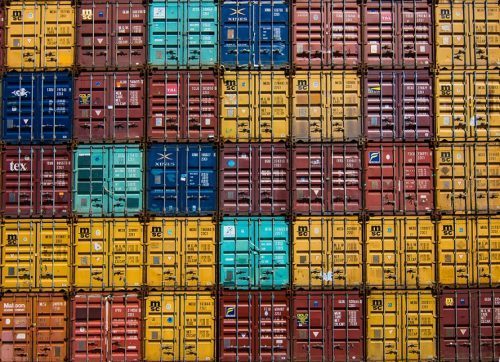
With SOC containers, the bridle is in your hands
- Shipping lines are usually pretty good at making equipment available in ports but container supply in inland locations can be a challenge. The distance between the loading point and the nearest point of equipment availability increases trucking costs that can substantially add to your freight bill. When you bring your own container, you can actively choose the container type, condition and quantity you want, and you can also control who you ship with. Thus, equipment scarcity taken care of.
- Demurrage & Detention charges are simply a matter of allowed free days, determining the number of days a shipper can use the container for free after e.g. arrival in the port of destination. If this free time is exceeded, the shipper has to pay a demurrage & detention charge; usually calculated per day. Tremendous per diem charges of up to $400 per day can easily kill profit margins. With SOC containers, freight forwarders not only almost completely avoid these charges but also make money when moving equipment for the owner.
- It is the best option when getting shipping line’s units to special locations. This often is a challenge as the location could be a land-locked country like Rwanda, warzones like Iraq and Afghanistan or just smaller ports that are not on one of the main trade lanes. This imbalanced flow of cargo creates large equipment surplus for all shipping lines. So, in these cases, best is to use a SOC to reduce the risk for the shipping line.
- SOC Containers means more flexibility for freight forwarders. They can choose exactly the container type, quantity and condition they want at any time to increase their flexibility when new customers reach out.
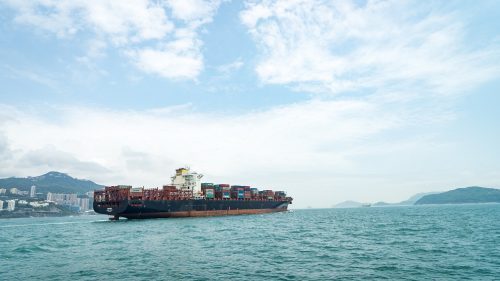
The SOC market has outperformed the market in terms of growth. This they
call is technology-enabled growth. There is a complete deconstruction of the
value chain. Technology enabled growth
With investments in technology and new/more value-added
service offerings, forwarders try to turn more of their gross profit margins
into underlying operating profits. There are new competitors in the market such
as digital freight forwarders, carriers that digitize their go-to-market
approach or customers like Amazon, who now move (some of their) cargo on their
own. Collaboration has become easier due to connectors, data standards and
digitalization.
Recent studies confirm a huge platform interest: half of the respondents of the “Transport Intelligence” survey (2017) have tested industry platforms. Of these, 64 % have gone on to use such a system as a permanent solution within their companies.
First attempts of data standards by the DCSA and
platforms as connectors between different stakeholders, support decrease
transaction costs between companies even further. For the SOC market this means
that technology providers create transparency to make sourcing of equipment and
managing of deals less complicated.
Even though the SOC containers continue to outperform
the market, there are apprehensions and challenges that face the adaptability
to SOC containers on a larger scale. Most companies use SOC containers for
one-way transfer and return them or sell them off at the destination.
To provide concrete support to the challenges, the xChange
mystery shopping report can be referred to. It is based on a 10-week-long
survey, conducted to study how 50 biggest freight forwarders gain flexibility
with SOC containers. The xChange tested world’s largest
freight forwarders by setting up two test companies and gauged how much these
forwarders could handle SOC requests. The findings of
the report suggest:
● Responsiveness: Instant quoting is
apparently still not the norm in shipping! We received zero offers within the
first 2 days, followed up 2-3 times and still only got 25 replies (50%) in the
end.
● High risk with hidden demurrage &
detention: About 25% of the companies got back to us with a quote and said,
“Yes, we can help you!”. But after taking a closer look at the
quotes, we saw that 3 out of 4 quotes were not even for SOC shipments and
included demurrage & detention charges.
● A few, expensive offers: Three
companies – DB Schenker, Kerry Logistics and XPO – could offer SOC shipments, 5
companies offered containers for purchase or lease, and 1 company offered SOC
shipments on the condition we provide our own containers.
This is the first report of its kind for the SOC
container market and it explains why do freight
forwarders still struggle
with SOC containers and what needs to be
changed to offer SOC shipment at low risk and in less time even for smaller
volumes to help anyone avoid demurrage & detention charges.
Organizing SOC shipments can be a pain and can take
weeks. Finding & vetting partners, setting up legal agreements,
negotiating, sending emails back-and-forth for pick-up references, the
communication with your local agents or your truckers, monitoring the deal and
many other such arrangements. To add to the complications is an NVOCC license
needed by freight forwarders to issue their own House Bill of Lading to their
customers.
So, despite the fact that SOC containers help avoid demurrage & detention fees and increase their flexibility, the freight forwarders only offer SOC containers for very large volumes or to their best customers to avoid unnecessary costs.
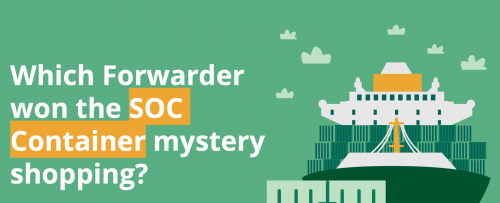
Container xChange solution to the complexity – SaaS or “SOCs as a Service”
With Container xChange, we help companies find
optimized solutions to their everyday container logistics problems: saving
effort, costs and reducing CO2 emissions. More than 300 container users and
owners use the neutral online platform to find SOC containers and identify partners
for repositioning. By bringing together both parties and digitalize the
underlying process behind SOC containers, we make handling SOC shipments easy –
instead of a few weeks, it now only takes a few
seconds to find new partners and use their containers.
Besides, the platform is extremely user-friendly. As a
freight forwarder you just type in your pickup and drop-off locations, select
container type, quantity and you get a list of partners that can supply
containers for you. It depends on the location, sometimes you receive pickup
credits, sometimes they charge but you always have 30 free days and low per
diem charges of $1-3 after the free days have ended. Why this? Because carriers
or container traders are not interested in a quick turnaround, they are happy
that they found someone who reposition their containers for free –
we call this a win-win situation.
In addition to this, instead of seeing mega carriers
covering the transport chain end-to-end, we have specialists such as equipment
owner, vessel owner, vessel operator, slot marketer, agents in POL and POD,
equipment tracking technology, ports, terminal, truckers, depots and every
important agent in the value chain and therefore, it is undoubtedly exclusively
customized to the best available.
References:
- Putting facts before feelings,
Intermodal Shanghai 2019 - Stephan
Howard, CSIU.co - xChange industry research
- IHS Markit.
Sea News Feature, January 16


